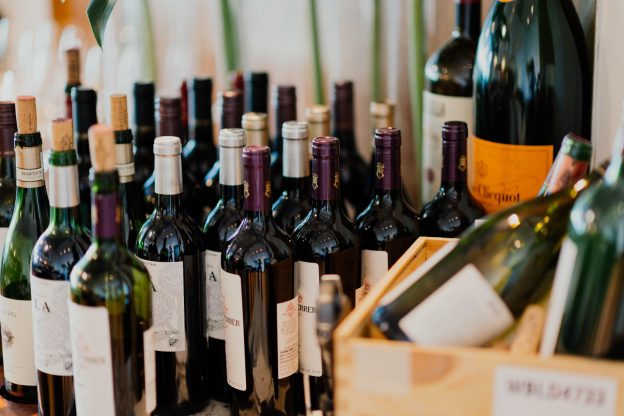Well this one appealed to me today – no particular research reason (though I suppose it links, rather vaguely, to my PhD work on regulation of victual sales etc.), just rather interesting to see some details of medieval sneakiness. And maybe having been drinking a glass or two of Law School prosecco (REF results day!) made it jump out as well …
It’s a Kent case from the King’s Bench roll for Michaelmas term 1440, (and see the indictment, here) about dishonest selling of wine. Thomas Elbrygge (also accused of other market-related offences) was indicted for having, on 3rd May, 1439, at Rochester, taken six bottles of old wine of La Rochelle, which was defective in colour and taste and unfit for human consumption, and mixed them with old Spanish wine, and then done various things to try and disguise the appearance, smell and taste of this combination. Egg white comes into the picture, in relation to making the concoction look better, there is also use of ‘gum’ – resin, I think – and pitch – mmmm! – apparently so that it would smell like the fancy Romney and Malmsey wines. He then sold it as Romney and Malmsey, which was, of course, false and fraudulent, and obviously endangered the king’s people.
I was rather taken by the use of one particular word: along with being a fraud and a falsifier, Thomas was said to be a ‘sophisticator’ of wine. Interesting how words change in meaning over time, and this is a nice example of a real switch in terms of positive or negative implications. We would now generally like the idea of being ‘sophisticated’ – not sure I have ever achieved it, mind you – not so our predecessors. The Sophists of classical philosophy do not get a good press, and medieval people definitely did not want their wine to be sophisticated.
Cheers!
GS
12th May, 2022.
Image: some wine, not, as far as I know, adulterated/ ‘sophisticated’.
Photo by CHUTTERSNAP on Unsplash
